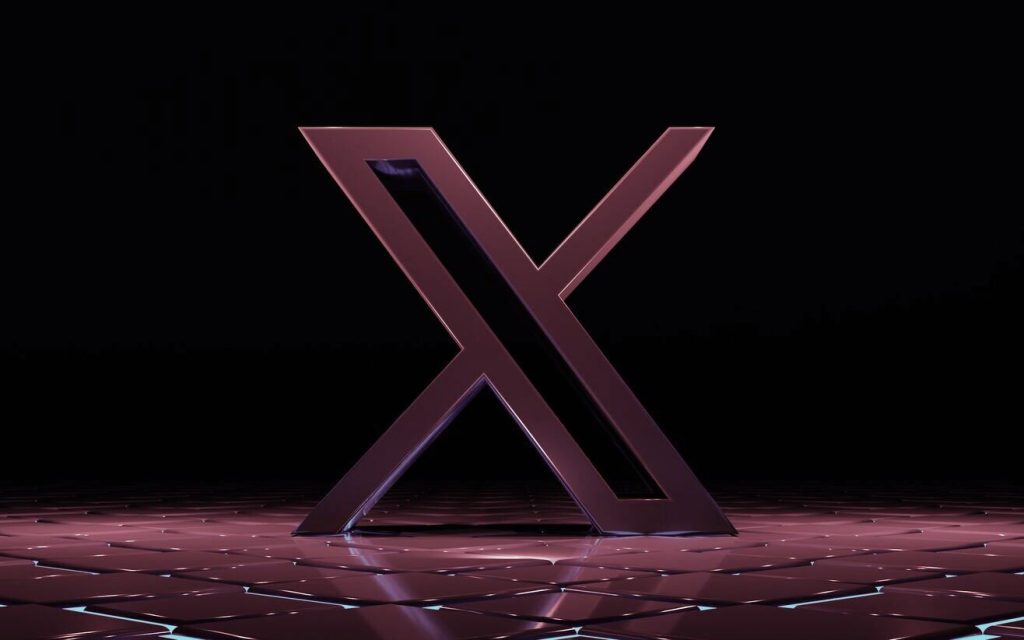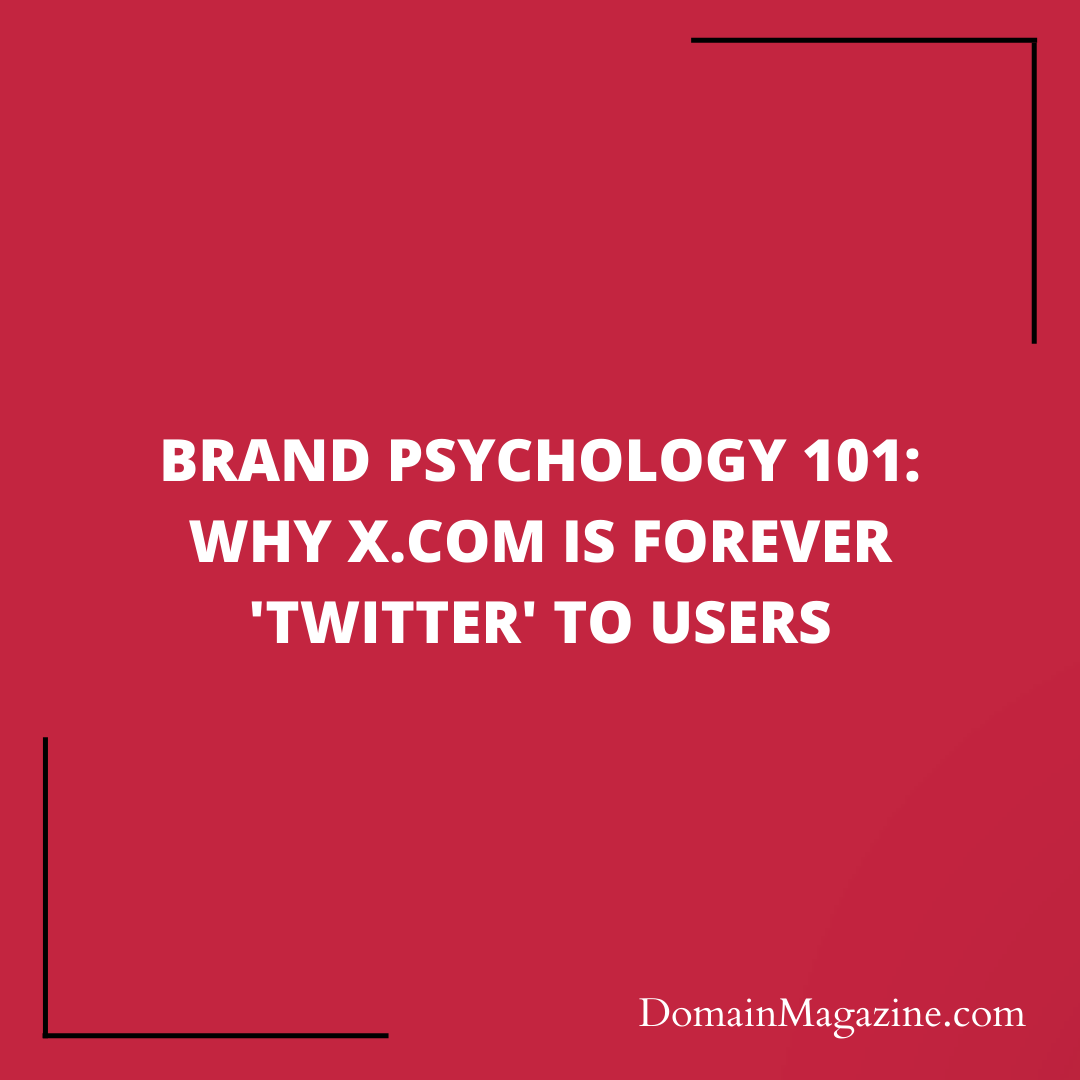In a recent move that caught the tech world’s attention, X.com, previously known as Twitter, made an interesting addition to its Apple App Store listing. The tagline “Formerly Twitter” now accompanies its name. This move prompts us to explore why users insist on referring to the platform as “Twitter” even after an official rebranding.

X.com’s Recent Tagline Addition
The decision by X.com to add “Formerly Twitter” to its App Store listing is more than just a minor tweak. It’s a strategic nod to the enduring power of the “Twitter” brand in the hearts and minds of its users. It’s an acknowledgment of the deep connection users have with the platform’s previous identity.
X.com, formerly Twitter, has been facing challenges in terms of declining downloads and a drop in its App Store rankings. The initial “Blaze your glory!” slogan, introduced during the rebranding, didn’t quite resonate with users and left them somewhat puzzled.
Understanding User Perception
To comprehend why users continue to use the “Twitter” name, it’s essential to delve into the psychology of user perception and the impact of branding. Our minds are a repository of memories, emotions, and associations, which play a significant role in how we relate to brands.
1. Comfort in Familiarity: Users tend to stick with what they know. The familiarity of “Twitter” provided a sense of comfort and security, and the abrupt shift to “X” disrupted this comfort zone, prompting users to resist the change.
2. Dealing with Cognitive Dissonance: The clash between the old name “Twitter” and the new name “X” created cognitive dissonance—a state of discomfort resulting from conflicting beliefs. Users resolved this dissonance by continuing to use the familiar name.
3. Emotional Bonds: Users often develop emotional connections with the brands they use. The memories, interactions, and experiences associated with “Twitter” were powerful enough to withstand a mere name change.
4. The Influence of Word of Mouth: Social media thrives on user interaction and recommendations. When users continue to refer to the platform as “Twitter” in their conversations, it inadvertently reinforces the old brand name.
The Ongoing Strength of the Twitter Brand

The case of X.com, formerly Twitter, serves as a reminder of the enduring strength of a well-established brand. A brand is not just a name; it embodies user experiences, emotions, and connections. The “Twitter” brand had become synonymous with microblogging, hashtags, and global conversations.
Even amidst rebranding efforts and a name change, users persist in perceiving and referring to the platform as “Twitter.” It demonstrates the staying power of a brand that was carefully cultivated over the years. X.com’s recent addition of “Formerly Twitter” to its App Store listing acknowledges that the platform continues to depend on the recognition and trust associated with its previous identity.
Conclusion: Lessons for Tech Brands
The story of X.com underscores the psychological influence of user perception and the significance of branding in the tech industry. A brand is more than just a name; it represents a culmination of user experiences, emotions, and connections. Rebranding is a complex undertaking, and tech companies should consider its profound impact on user perception.
In the case of X.com, the “Twitter” brand name still carries weight, and the platform relies on it for user recognition and trust. It illustrates how a well-established brand can become an integral part of users’ digital lives. For tech companies, this phenomenon emphasizes the importance of understanding the psychology of user perception and attachment in the ever-evolving digital landscape.


Join the Discussion